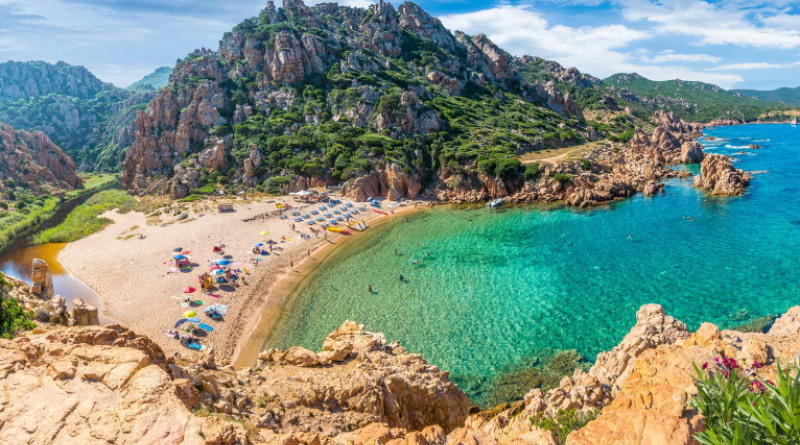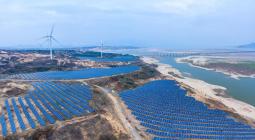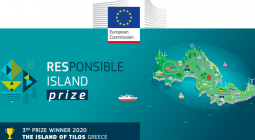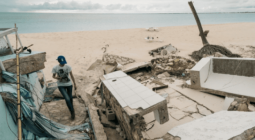A sunny future: Sardinia is a green lab in the energy transition

As Enel continues on its journey as Renewables Super Major, CEO Francesco Starace offers a road map for the decarbonization process in Sardinia (Italy) in which the decarbonization will skip the gas stage altogether. And, as part of a just transition that leaves no one behind, the electrification process will create thousands of new jobs.
Such is Sardinia’s natural beauty that its “Costa Smeralda” or “Emerald Coast” is famous the world over, but perhaps green is a more appropriate color for describing the island’s future, as it leads the way in the energy transition. According to Enel CEO Francesco Starace, Sardinia could occupy a unique position in the Mediterranean. In a recent interview with the newspaper La Nuova Sardegna (The New Sardinia) he describes an idyllic scenario that is only a few years away: “A completely green island, with electric cars at tourist destinations, both at the seaside and inland, with ports that are free from the diesel fuel of the ships that are moored there as they would be powered by electricity.” In other words, Sardinia is perfect for sustainable tourism.
The reason for this optimism is well founded. Sardinia is far larger than other tourist destinations like the Greek and Balearic islands (which is a clear advantage in terms of building wind farms and solar power plants), and could provide something of a test bench for the rest of the Mediterranean. This is also thanks to its attractive qualities, in terms of its tourism and “strong entrepreneurial spirit.”
The Tyrrhenian Link
Enel’s plan for Sardinia, like those for its operations elsewhere, is focused on the year 2030. As Starace explains, the starting point was an investment analysis, which was carried out with Terna, Italy’s national grid operator, of the “Tyrrhenian Link,” which will hook up Sardinia with Sicily, Italy’s other large island, and Campania, the region around the southern city of Naples. This will connect Sardinia to Italy’s national grid. The deadline for closing down coal-fired power plants is 2025. In some cases, gas is seen as a temporary alternative but, as Starace points out, there is no gas in Sardinia and therefore this phase can be “skipped” altogether.
“In analysing the NRRP (National Recovery and Resilience Plan), we asked ourselves: Is it possible for such a large and important part of the country to “skip” gas and be ahead of everyone else in having a truly green energy and industrial park? Is it possible for such a precious part of the country to make such a leap forward? We believe that it is.”
Francesco Starace, Enel CEO
A sunny future
In specific terms, the electrification plan for Sardinia is based on the island’s natural resources, specifically sun, wind and water, all of which are in abundance. Once the Tyrrhenian Link is up and running (and it should be by 2030, if not before), an extra gigawatt of battery power and 4 to 5 gigawatts of renewable energy (with respect to what is currently envisioned) could be installed. This would entail an investment of 15 billion euros between now and 2030 and could create somewhere between 10,000 and 15,000 jobs.
We are hiring
The issue of jobs led the journalist from La Nuova Sardegna, Giuseppe Centore, to press Starace on the question of the closure of the coal-fired Portovesme power plant, which he described “as creating problems in an area that has already been devastated.” In his reply, Starace was most categorical: “Absolutely not. I want to be clear here. At the end of this journey, which will last several years, no one will be left without a job. In Sardinia we need to hire people, not send them home. It is a policy at Enel never to abandon our collaborators. We will be hiring people, rather than firing them.”
July 2021
ENEL




